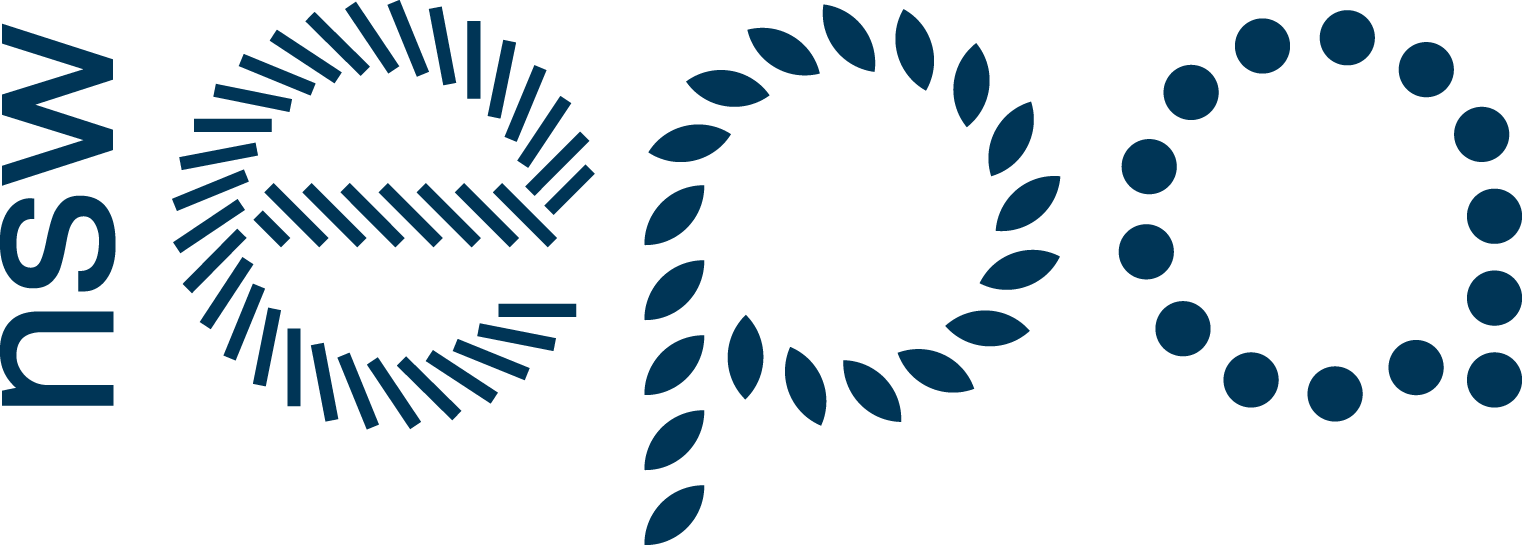Fluorescent light globes are the largest source of mercury contamination in municipal landfills. If recycled, however, mercury and other components can be safely recovered and reused to make valuable products.
Fluorescent Light Globes
Find a recycler
Why Recycle?
Fluorescent light globes contain mercury. Generally, the higher the power usage, the more mercury is required to operate the lamp. Linear fluorescent tubes (most commonly used in commercial and public buildings) are required in Australia to contain less than 15 mg of mercury, whereas compact fluorescent lamps must contain no more than 5 mg.
Currently many fluorescent lights end up in landfill and are the most significant source of mercury contamination of all the waste we produce. By recycling these light bulbs, the mercury can be recovered and is commonly reused in the dental industry as amalgam for fillings. The glass, phosphor and aluminium contained in the lamps can also be effectively recovered for reuse, thus saving valuable resources.
Recycling Options
FluoroCycle is a voluntary partnership between government and industry to increase the recycling of mercury-containing lamps. The program was established in 2009 by The Environment Protection and Heritage Council (EPHC) and is administered by the Lighting Council Australia. FluoroCycle targets commercial and public lighting which accounts for approximately 90 per cent of all lighting waste. Operations began in July 2010.
A number of commercial recycling companies provide fluorescent recycling services. These generally provide a collection box for used globes, together with a collection service.
Several states have chemical collection programs and/or drop-off points that accept domestic quantities of fluorescent lamps for recycling from small businesses. Please check with your local council to determine the types and quantities of lamps accepted for recycling at collection points near you.
What Happens When It’s Recycled?
Fluorescents are recycled using crush and separation technology. Mercury is distilled from the separated powders and then reused in the manufacture of dental amalgams. Aluminium from the tube ends is separated and recycled into cast products such as metal ingots. Phosphor powder is used in the manufacture of fertiliser for the agriculture industry. Glass is separated and recycled into glass wool used for home insulation. Any materials not recycled are transported to landfill for safe disposal. The end result is that hazardous, discarded products are transformed into clean, environmentally sound by-products.

